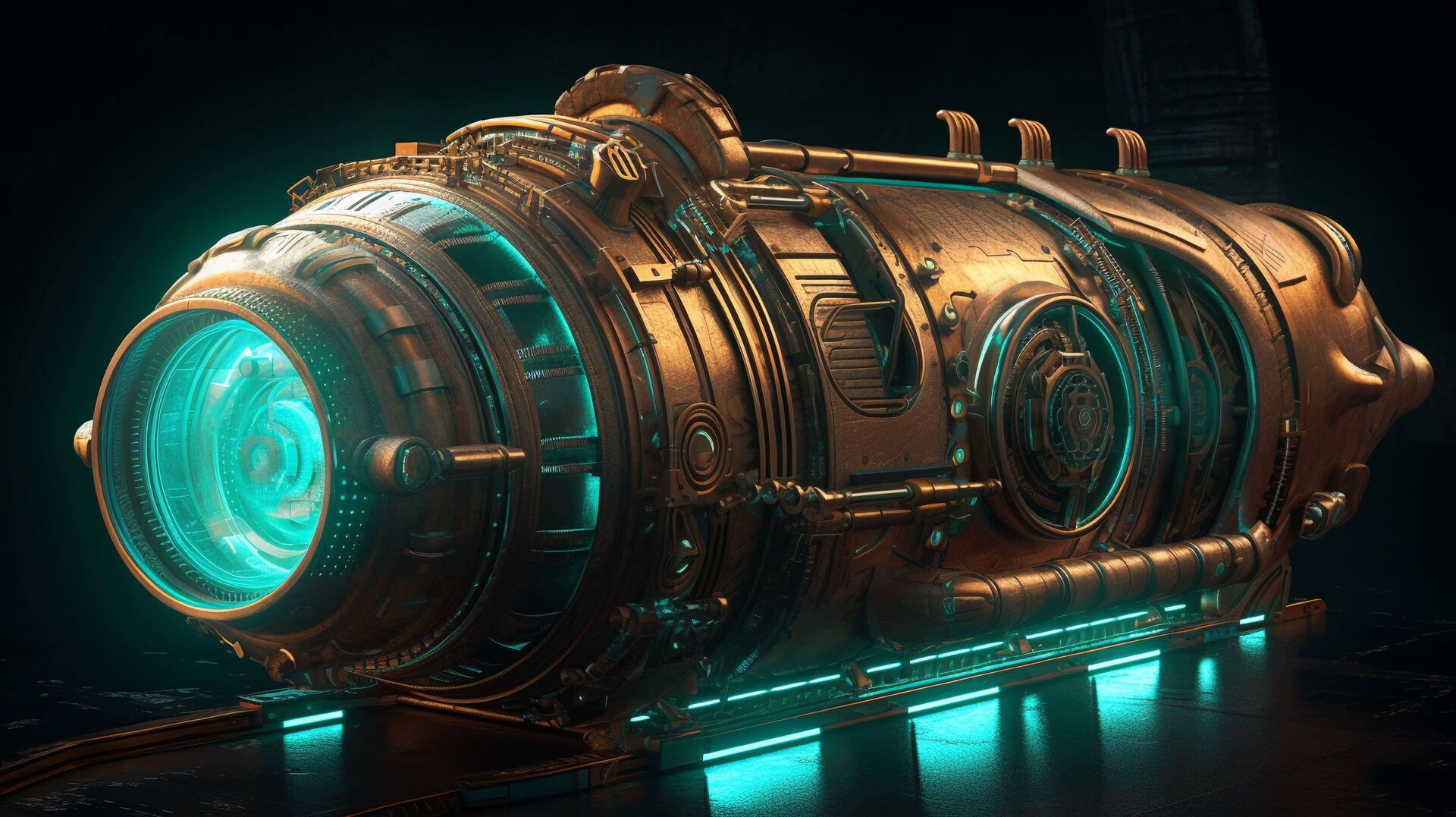In 2006, a mysterious man appeared on the streets of Kiev, claiming to have come from 1958.
And the story gets crazier from there.
The Sergei Ponomarenko story has become a bit of an internet phenomenon as one of the most compelling time traveller stories ever documented.
It’s a great story.
But is it any more than that?
* * *
NEXT UP!
Voyager 1 Just Phoned Home From 24 Billion Kilometers Away On A Transmitter Not Used Since 1981
In the silent expanse of interstellar space, where distances defy comprehension, Voyager 1 continues to defy expectations. Launched nearly five decades ago, this spacecraft has ventured farther than any human-made object, carrying the hopes of Earth into the unknown. Its journey has been nothing short of extraordinary, but what makes it truly remarkable is its resilience—still sending back signals from billions of miles away.
Recently, Voyager 1 faced a mysterious challenge, one that threatened its ability to communicate with Earth. Yet, in a surprising twist, it managed to solve the issue in a way no one could have predicted, showcasing once again the brilliance of its design. What happened to this iconic spacecraft, and how did it overcome an obstacle at such an unimaginable distance? Keep reading as we unravel the latest chapter in Voyager 1’s incredible story.
The October Glitch: What Went Wrong?
On October 16, 2024, NASA’s Voyager 1, humanity’s most distant spacecraft, encountered a technical anomaly that disrupted its communication with Earth. The mission team at NASA’s Jet Propulsion Laboratory (JPL) in Southern California had sent a routine command to activate one of the spacecraft’s heaters, essential for maintaining operational temperatures in the frigid environment of interstellar space. Despite having sufficient power to execute this command, the spacecraft’s fault protection system was unexpectedly triggered.
The fault protection system is designed to autonomously respond to on-board issues, such as conserving power by disabling non-essential systems when the spacecraft’s power supply is overstretched. In this instance, it appears the system misinterpreted the heater activation as a potential threat, leading to a series of protective measures. As a result, Voyager 1’s primary X-band radio transmitter, responsible for sending data back to Earth, was affected.
By October 18, engineers noticed the absence of the expected signal from Voyager 1. Further analysis revealed that the fault protection system had reduced the data transmission rate to conserve power, altering the X-band signal’s characteristics and complicating detection efforts. The team managed to locate the altered signal later that day, but the situation escalated on October 19 when communication ceased entirely.
Subsequent investigations suggested that the fault protection system had been activated twice more, ultimately shutting down the X-band transmitter and switching to a secondary S-band transmitter. This backup system had not been utilized since 1981 and operates on a different frequency with a significantly weaker signal. Given Voyager 1’s vast distance—over 15 billion miles (24 billion kilometres) from Earth—detecting the faint S-band signal posed a considerable challenge.
Despite these hurdles, engineers with NASA’s Deep Space Network successfully detected the S-band signal, confirming that Voyager 1 was still operational. This incident underscores the complexities of managing aging spacecraft operating far beyond their intended lifespans and highlights the resilience of both the spacecraft and the engineering teams dedicated to its mission.
In the words of NASA officials, “The transmitter shut-off seems to have been prompted by the spacecraft’s fault protection system, which autonomously responds to on-board issues.”
This event serves as a testament to the enduring legacy of Voyager 1 and the ongoing challenges of deep-space exploration.
* * *
Read more:: Russian Scientists Stated In 1970 That Moon Is An Artificial Space Object
Telegram: Stay connected and get the latest updates by following us on Telegram!
We’d love to hear from you! If you have a comment about this article or if you have a tip for a future Collective Spark Story please let us know below in the comment section.

